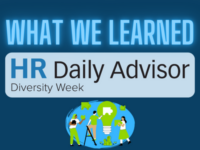What Responsibilities Does HR Have When Managing a Hybrid Workspace?
The average workplace today doesn’t look like it used to. Thanks to evolving technology, remote work is accessible more than ever before, and more businesses are taking advantage of it. Although remote work has been on the rise for the past decade, the COVID-19 pandemic only normalized the decision. Now, even in a post-pandemic society, […]










